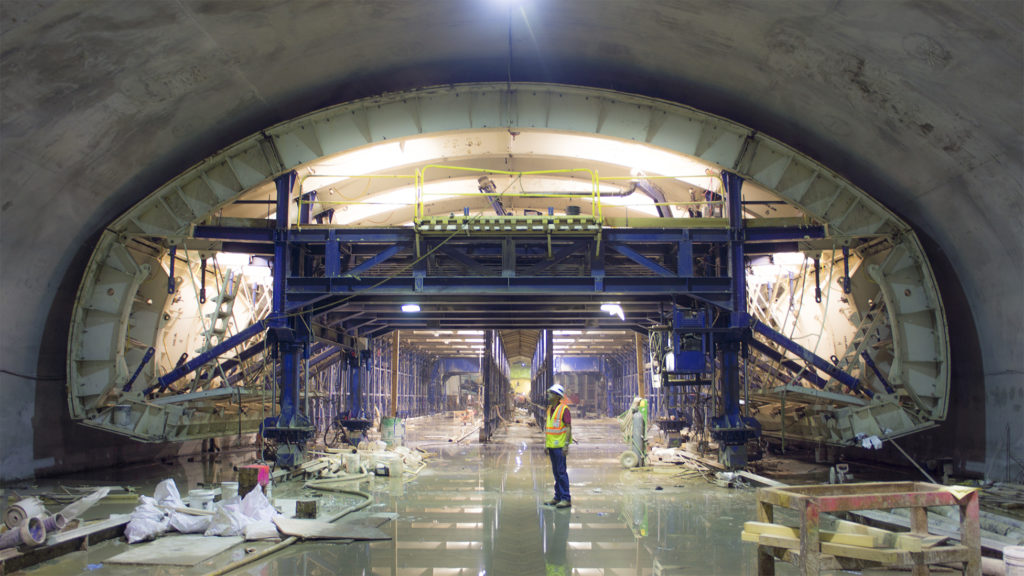Why don’t we learn from past experiences when it comes to planning new projects? Why aren’t even our best laid plans realistic?
Surely you’ve noticed this – whether it’s getting your taxes done, that big presentation for work, or planning your wedding.
Why do 80-90% of mega projects run over budget and over schedule?
Why has it taken – for example – nearly 100 years to expand the Second Avenue Subway in NYC? The original project was expected to cost 1.4 billion dollars (a 1929 estimate in 2017 dollars) and now with Phase 1 completed ($4.5 billion to build just 3 of the 16 proposed stations), Phase 2 is expected to cost $6 billion.
This phenomenon has been dubbed The Planning Fallacy – the topic of today’s Freakonomics podcast and the inspiration for this post.
Don’t have 45 minutes to listen? Keep reading.
Why do we fall for The Planning Fallacy again and again?
- When planning a project we naturally focus on the case at hand, building a simulation in our minds. But our simulations are rosy, idealized, and don’t account for all of the complexities that will inevitably unfold.
- We also focus on succeeding, not failing, creating an optimism bias. This means we don’t think enough about all the things that can go wrong.
- We’re overly confident, believing in our abilities and the old “this time will be different“ line too much.
- We ignore the complexity of integrating all of the parts of a project together.
- We intentionally misrepresent a project’s plans in order to get it approved.
- We rely too heavily on our subjective judgement instead of the facts and past empirical data.
- And of course: incompetence, fraud, deliberate deception, cheating, stealing, and politicking.
Interested in why things fail? Read The Anatomy of a Disaster.
So how do we plan better?
- Use past projects – even if they’re not exactly comparable – as a benchmark for projects being planned.
- Track and score the difference between forecasts and outcomes.
- Get stakeholders to put skin in the game, creating rewards and penalties for good and bad performance. #IncentivesMatter.
- Use data and algorithms to reduce human biases.
- Use good tools to help you focus. Asana co-founder Justin Rosenstein warns against “continuous partial attention” – a state of never fully focusing on any one thing.
Success Building Software
I build projects for a living – mostly product strategy and software for start-ups or innovation groups within larger companies. I plan and execute on projects everyday and I still struggle with the planning fallacy in other areas of my business (did I mention my corporate taxes are due in 7 days?).
But the secret sauce to my successes building products has always been to 1) have personal expertise in what’s being planned and built, 2) refine and go over the plans until your eye bleed looking for possible pitfalls, and 3) have a clear and easy-to-follow process to keep you focused on the right thing at the right time.
Terms & Concepts
The Planning Fallacy – Poorly estimating the timeline, quality, and budget of a planned project while knowing that similar projects have taken longer, cost more, or had sub-par results.
The Optimism Bias – Focusing on the positives of a situation over the negatives.
Overconfidence – Thinking that we’ll perform better than we actually will.
Coordination Neglect – Failing to account for how difficult it is to coordinate efforts and combine all of the individual outputs into one complete system.
Procrastination – Choosing to do things that we enjoy in the short term instead of the things we think will make us better further down the road. In the episode, Katherine Milkman called procrastination a “self-control failure” – my new favorite phrase.
Reference Class Forecasting – Using past and similar projects as a benchmark for how your next project will perform.
Strategic Misrepresentation – Underestimating the costs and over representing the benefits of a project.
Algorithm Aversion – The big thing that Katy Milkman thinks is holding us back from using “data instead of human judgement to make forecasts” better.
Interviewees
Image Source
A team of psychologists have repeated the famous marshmallow experiment and found the original test to be flawed. It joins the ranks of many psychology experiments that cannot be repeated, which presents a considerable problem for its findings.
